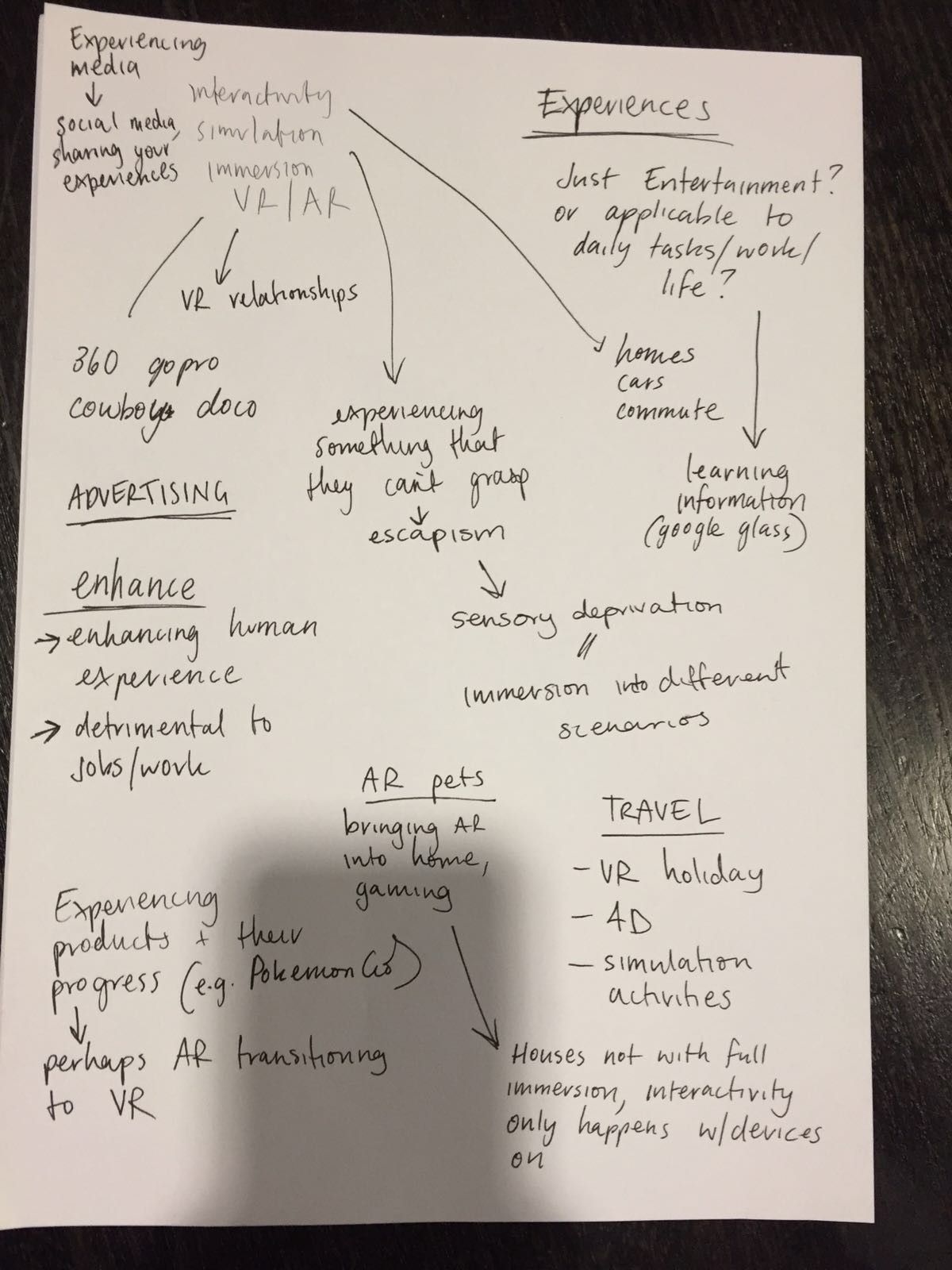In this week’s reading, Judy Wajcman have brought up few interesting points in this reading. The first point, Wajcman observed that “rather than inhabiting a world which time is abundant, everyday life seems more rushed” as we live in an “acceleration society”. Digital technologies have long been addressed as a tool for “exchanging data and coordinating human interaction” that simplifies the work for efficiency. Now, Wajcman brought up a fact that the digital technology can no longer be only just simple tools for efficiency but they reconfigure and unconsciously change the way how people think and act. This is true because readings have voiced out the fear of technology as a detrimental issue towards the future.
I find us being controlled by social media of having the need to check the phone every waking second. Most times we find ourselves rushing for time. Take for example, every morning you wake up, you check your social media accounts on your phone. That would take about 20 minutes of your morning routine and then only getting out of bed and starting the day. At the breakfast table, using your tablet to read the newspaper and then checking business emails. I feel we’re finding time in between these things to do our necessities such as showering and eating meals. Wajcman’s article is focusing more on finding the time in this digital era of accelerated society by allocating time in the day for rest.
Another interesting point was the Apple store concept. I found it quite intriguing at the same time questionable with this concept.
Apple policy is a “personalised” service, so you have to wait for someone to serve you individually. In fact, it took ages. When I inquired as to why there were no such counters, I was told that the company had dispensed with them in order to avoid the appearance of long lines! In their attempt to abolish the cardinal sin of waiting, the company had inadvertently designed a slow service as the condition for purchasing the latest, fastest product.
On one hand, it is a smart marketing move to show that the store is visibly packed and have someone who is knowledgeable on the products to recommend the items suited for your needs. However, what about the long wait for someone to come and assist you? Where has the efficiency gone? Wajcman speaks of the irony of needing to wait for the fastest product. As the digital era is constantly growing, new technologies and concepts are continuously growing together. We, humans, always look for innovative ways to increase efficiency to create comfort and convenience for ourselves.
Reading:
Wajcman, Judy (2015), ‘Chapter 7: Finding Time in a Digital Age’, Pressed for Time: The Acceleration of Life in Digital Capitalism, University of Chicago Press, Chicago, pp. 163-184.




